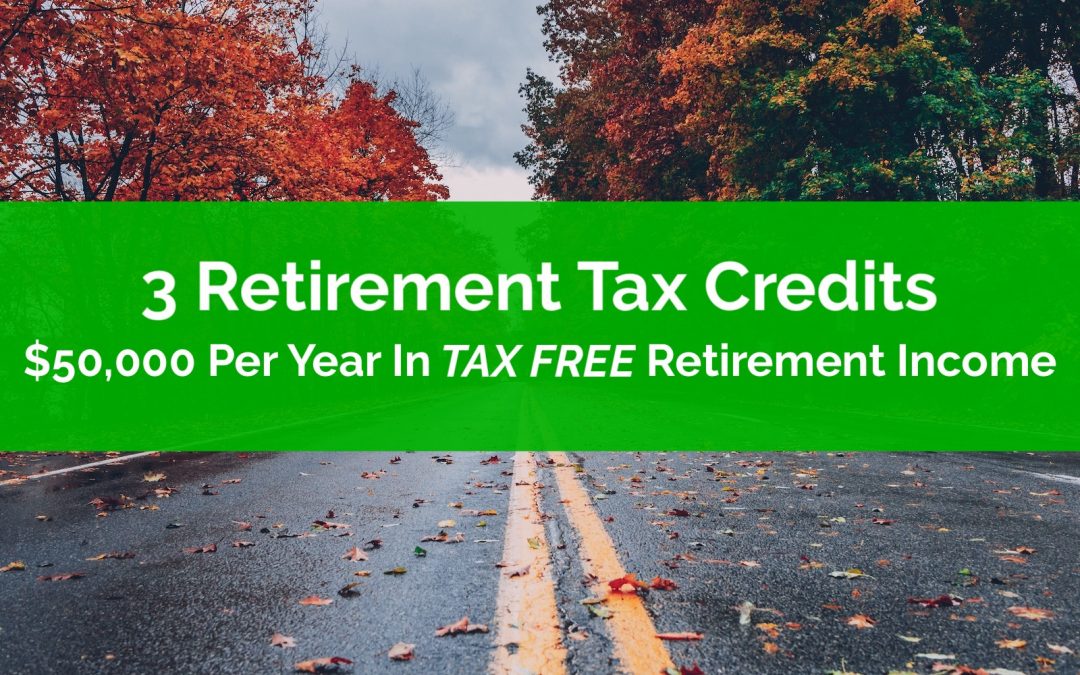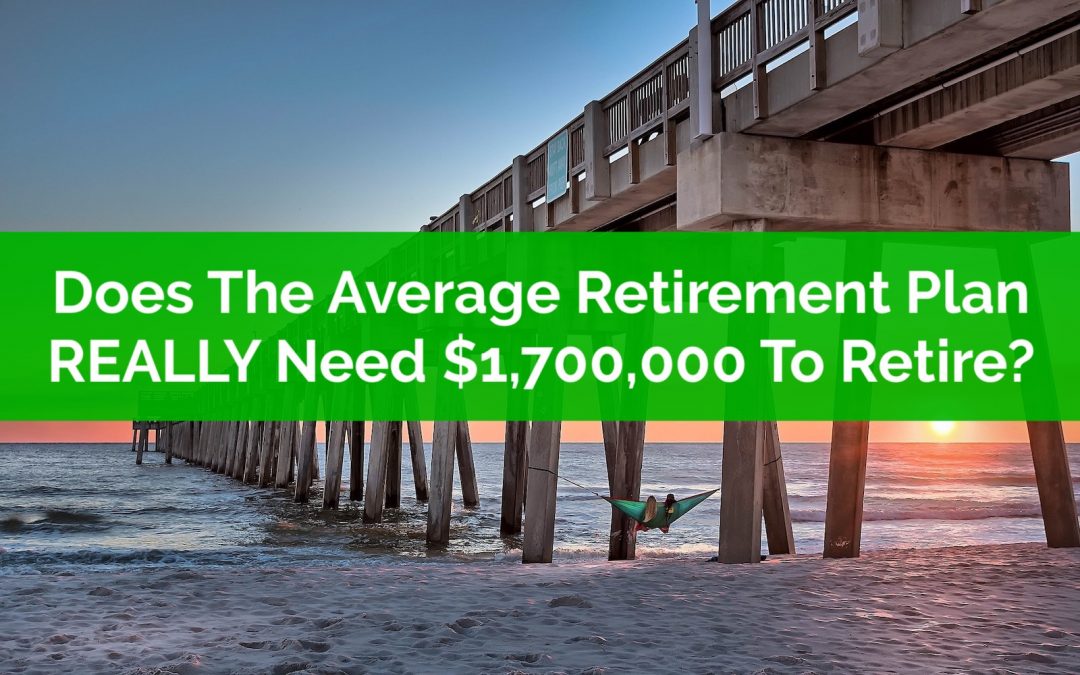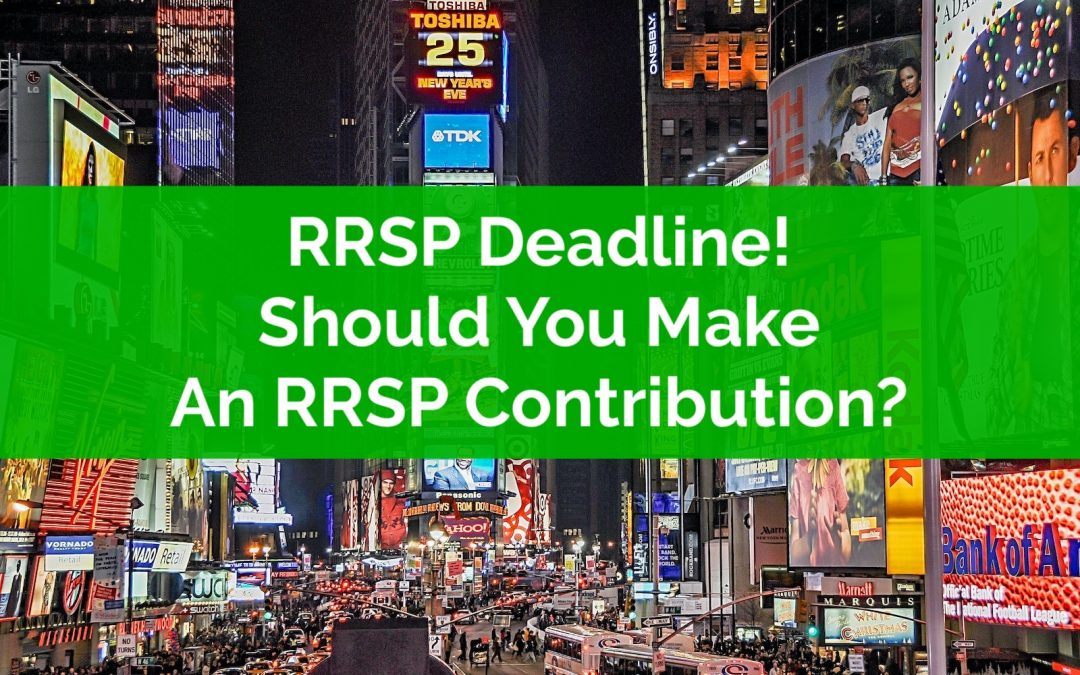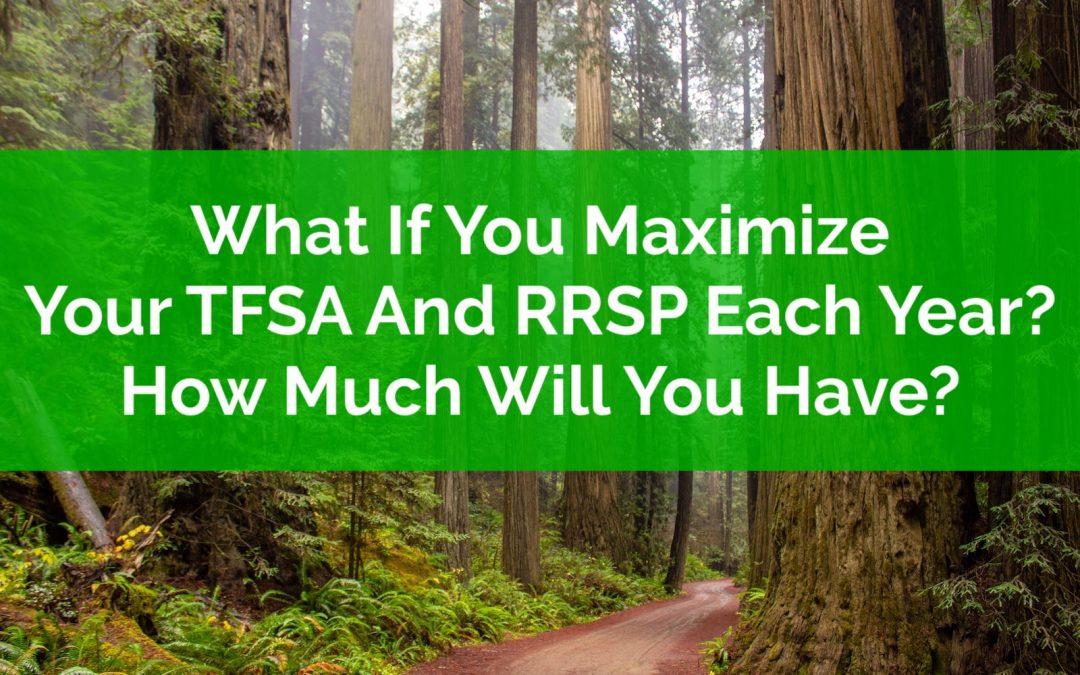
by Owen | Mar 13, 2023 | Financial Goals, Financial Planning, Government Programs, Income, Investment Planning, Retirement Planning, Tax Planning
When we talk about retirement planning with our clients one topic that inevitably comes up is tax planning.
Income tax is often the single largest expense in retirement. Larger than travel, food, or medical expenses.
Income tax often comes up when we talk about retirement planning because many people are worried about paying too much tax in retirement and negatively impacting their retirement spending goals.
Many people do not realize that in retirement there are new tax credits that can help reduce income tax, sometimes to zero. It’s understandable that people aren’t aware of these tax credits because they’re mostly available to those over age 65, so they’re not necessarily on someone’s radar if they’re under age 65.
Paying less tax in retirement is nice, but what if you could pay NO TAX at all in retirement? With some pre-retirement planning that is easily possible.
There are three important tax credits that can help you earn over $25,000 per year as an individual, or over $50,000 per year as a couple, and pay zero tax in retirement.
In this blog post we’re going to look at three important tax credits in retirement, two of which, for most people, are only available after age 65. We’re also going to work backward to craft a retirement plan that provides $75,000 per year in spending with zero tax.

by Owen | Mar 6, 2023 | Financial Planning, Government Programs, Retirement Planning, Tax Planning
One of the amazing things about financial planning and retirement planning is how much the details matter. One detail in particular is very important and that is the province you live in.
It’s not even about the difference in cost of living, or the difference in average salary. Even with every factor being equal, just the difference in tax rates and provincial benefits are enough to impact your financial plan over time.
We’ve worked with clients who are nearly identical in every detail except for the province they live in. One client is very successful, while the other will run out of money in the future.

by Owen | Feb 13, 2023 | Budgeting, Financial Goals, Financial Planning, Income, Investment Planning, Retirement Planning, Saving Money, Tax Planning
In this blog post we’re going to look at an average retirement plan with $1,700,000 in financial assets. Why $1,700,000? Because that’s what a recent bank survey suggested that the average Canadian feels they need to retire.
Now, banks are in the business of selling financial products, so they may be somewhat biased when it comes to how much you should be saving for retirement. They’re probably happy for you save and invest more for retirement because it means more investment fees for them. But let’s give them the benefit of the doubt and let’s see if $1,700,000 is really the right retirement goal for the average Canadian household.
Having done many, many, advice-only retirement plans I suspect that this number is grossly overstated, and a much smaller amount is likely sufficient to have a comfortable retirement for the average household.
To test if this is true, we’re going to build an “average retirement plan” with $1,700,000 in financial assets.
Of course, no retirement plan is ever average. Some people have more CPP, some less. Some people have defined benefit pensions, others do not. Some people want to spend more in retirement while others are content with spending less. There is no such thing as an “average retirement plan” but we’re going to make some broad assumptions to test whether or not $1,700,000 is a reasonable goal for retirement assets or if it’s grossly overstated.

by Owen | Feb 6, 2023 | Financial Planning, Government Programs, Income, Retirement Planning, Tax Planning
The RRSP deadline is quickly approaching on March 1st, and you should get ready for advertisements selling you all sorts of RRSP products over the next few weeks. But despite what the advertisements suggest, should you actually make an RRSP contribution this year? Maybe, but maybe not.
In this blog post we’re going to highlight 5 reasons why you SHOULD NOT make an RRSP contribution this year.
As we build financial plans with clients, we sometimes come across situations where RRSP contributions were made to the detriment of the client. The client was in one or more of the situations below, but they were still advised to make RRSP contributions, or they were advised to split contributions between RRSP and TFSA, or sometimes they were not given any tax planning or government benefit advice at all.
Depending on the situation, this has cost a number of clients $10,000’s in extra income tax or reduced government benefits.
So, as the RRSP deadline approaches, watch out for these five situations where RRSP contributions may not be the best option, and always seek the advice of an unbiased advice-only financial planner to create a thorough income tax and government benefit strategy before making $1,000’s in RRSP contributions.

by Owen | Jan 2, 2023 | Financial Planning, Income, Investment Planning, Retirement Planning, Tax Planning
There is never a bad time to start saving for retirement, but when is the BEST time to start planning? We’ve been told to start saving & investing for retirement from a very young age, the earlier the better, but when do you actually start planning for retirement itself? When do you start to think about income, expenses, taxes and government benefits during your retirement years?
Retirement can be very complex. When you reach retirement it’s pretty easy to have 6-10 different income sources, all with different tax treatments and claw back rules. One income source can be tax free while the other is fully taxed. Some retirement income is counted when calculating government benefit claw backs while others aren’t. These rules can make it difficult to estimate how much you can expect in retirement.
Retirees usually have their own source of retirement income from TFSAs, RRSPs, LIRAs, RRIFs, and non-registered accounts. Plus, they have government retirement programs like CPP, OAS and GIS. Then there are government benefits like the GST/HST credit and other senior’s benefits. And on top of that there are defined benefit pensions and annuities too.
With all these different income sources, it can get a little confusing. It can be difficult to know exactly how much can you expect in retirement income, how much will be lost to taxes, and how that matches up with retirement expenses.
As you get closer to retirement it can be extremely helpful to have a retirement plan in place. A plan that integrates all these different sources of income, calculates taxes and government benefits, and ensures you can reach your retirement spending goals. But can you reach a point where it’s too late to plan for retirement?
When is the best time to plan for retirement?

by Owen | Dec 19, 2022 | Budgeting, Financial Goals, Financial Planning, Investment Planning, Retirement Planning, Saving Money, Tax Planning
What if you maximize your TFSA and RRSP each year, how much money would you have in the future? If you just had one singular focus, how much could you accumulate? And would it be enough for retirement?
The TFSA and RRSP are two amazing tax advantaged accounts. They allow investments to grow tax free or tax deferred. They can be used to save and invest for retirement. Over time these contributions grow considerably with dividend income, interest income, and capital gains.
For the RRSP, new contribution room is based on 18% of the previous year’s employment income.
For the TFSA, new contribution is a set amount that grows with inflation in $500 increments.
Depending on your income level, maximizing both your RRSP and TFSA could mean a savings rate of 20%, or 25%, or 30% or even 35%+ at lower income levels.
That’s a high savings rate!
So, we can already anticipate that by maximizing the RRSP and TFSA every year we will probably end up with a sizable amount of financial assets, but how much exactly?
Is it $1 million?
Is it $2 million?
Is it $3 million or more?
In this blog post we’re going to have a little fun; we’re going to take a look at how much money you could accumulate if you just maximized new RRSP and TFSA contribution room each year.






